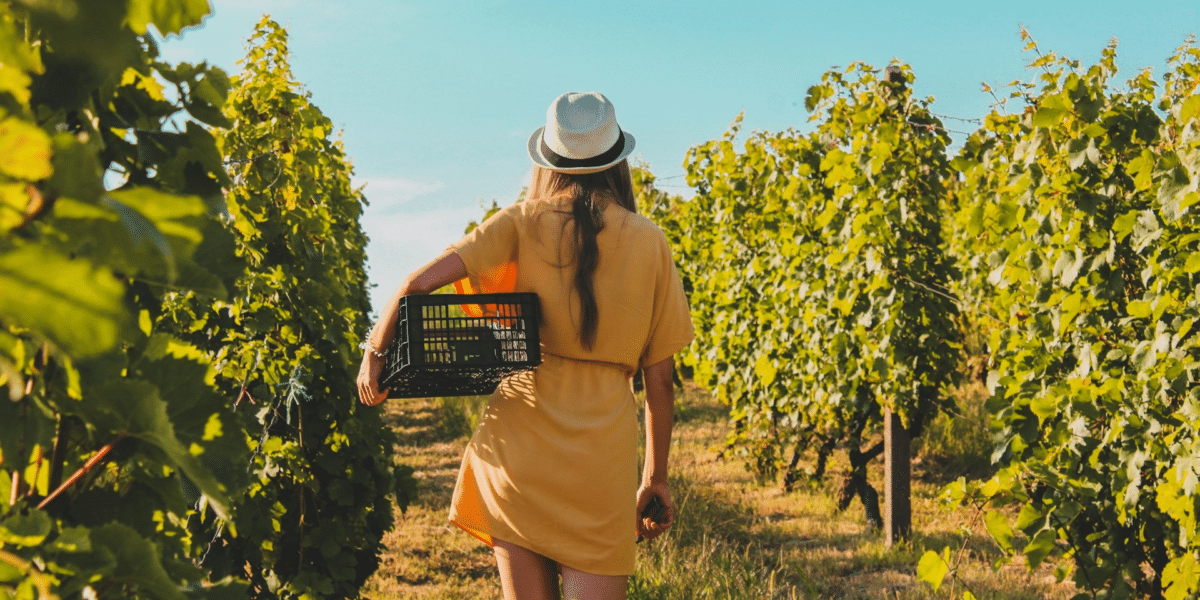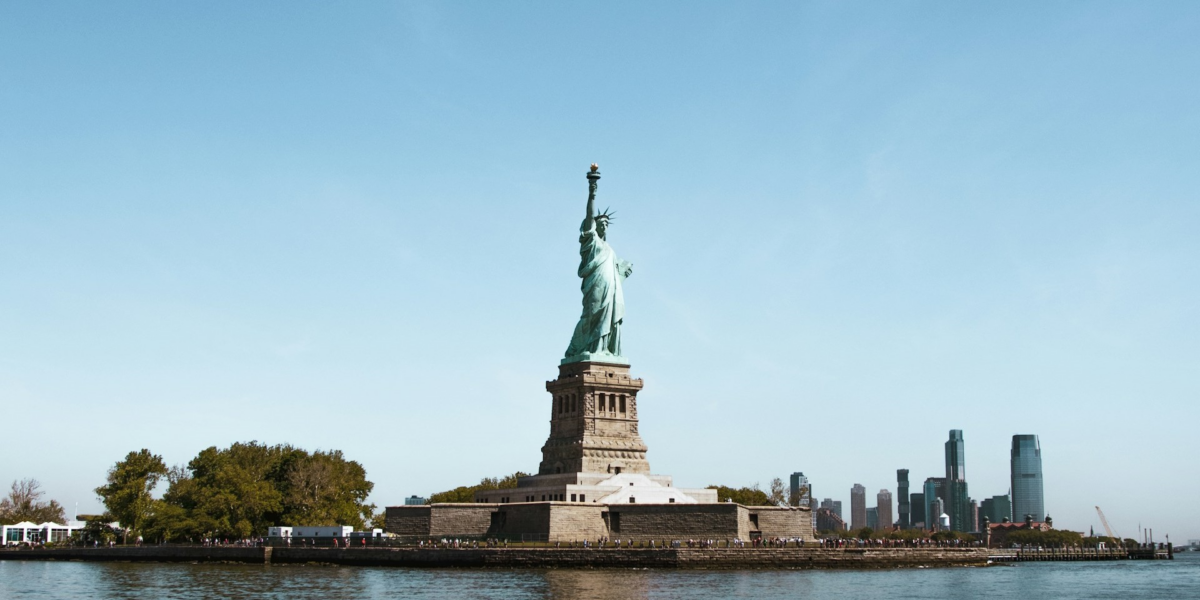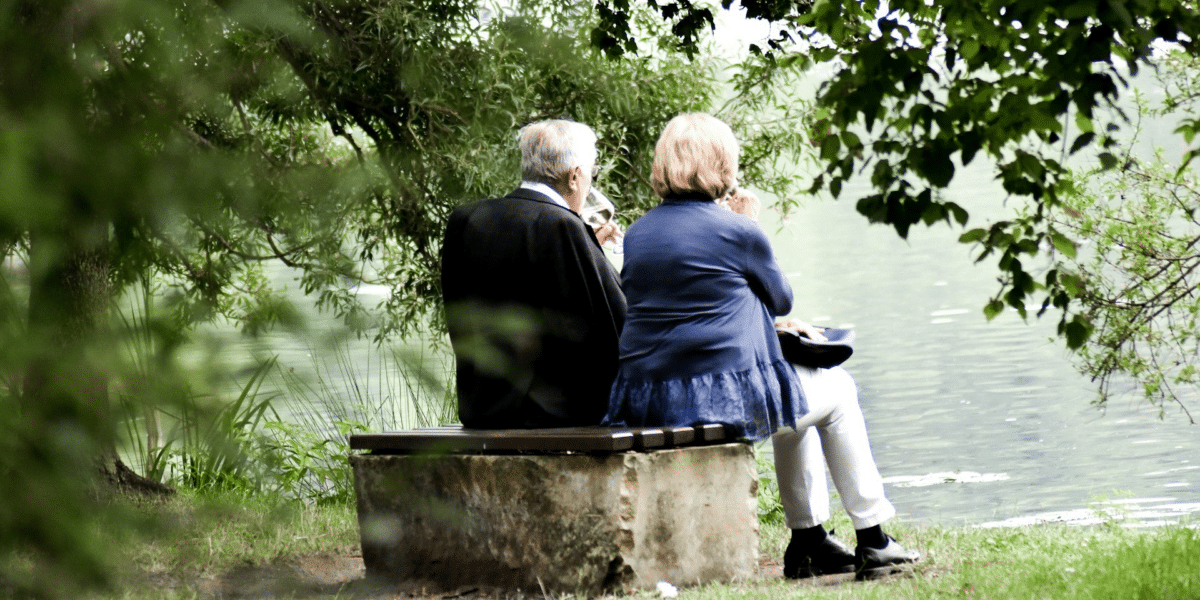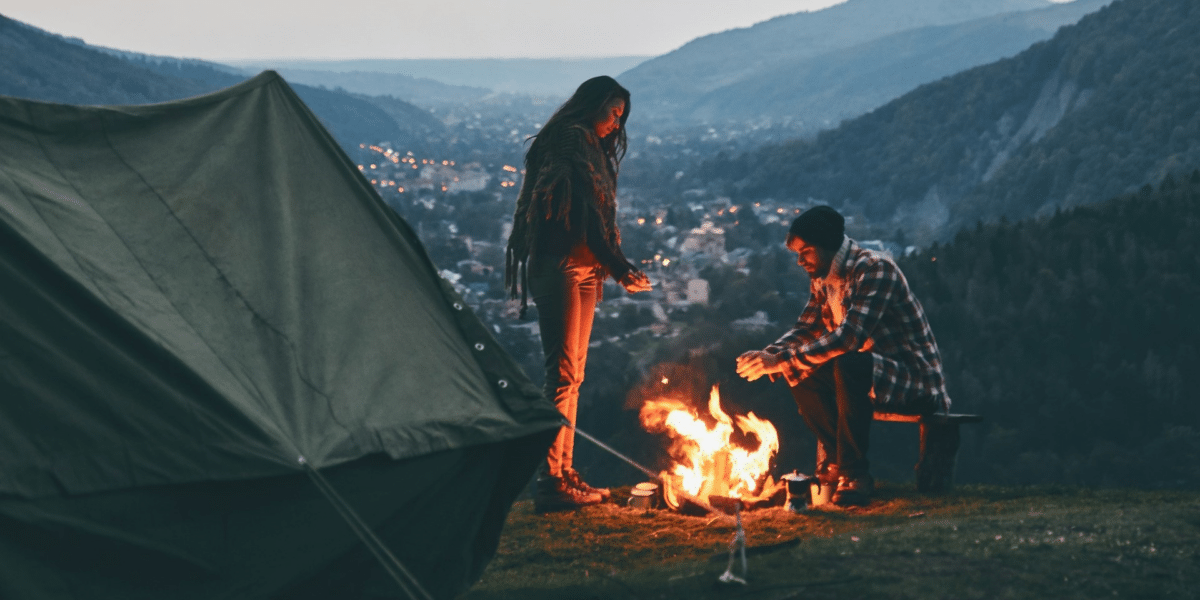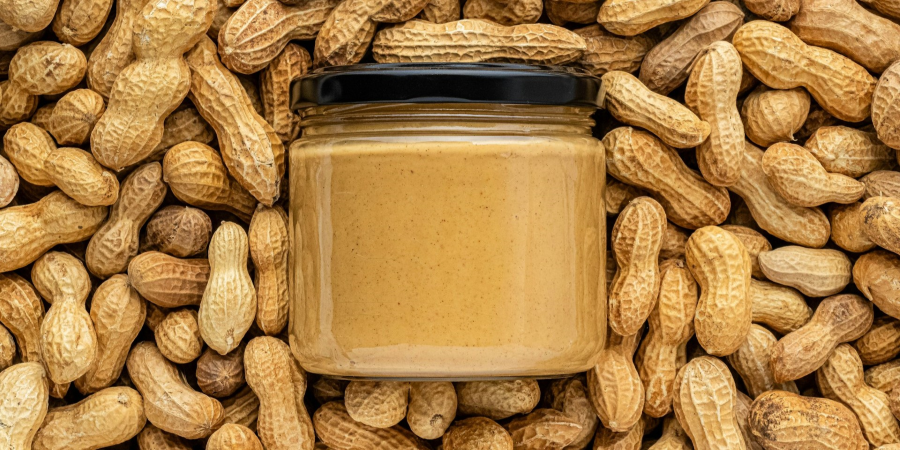Beyond the Crabs: The Enchantment of Chesapeake Bay
The Chesapeake Bay, the largest estuary in the United States, is a treasure trove of natural beauty, historical significance, and outdoor adventures. Often recognized for its delicious seafood, the Chesapeake Bay offers a multitude of experiences for visitors seeking to escape the ordinary. This article explores the captivating reasons why the Chesapeake Bay is worth including on your travel itinerary.
A Visual Feast: A Tapestry of Landscapes
The Chesapeake Bay boasts a diverse and visually stunning landscape. Vast stretches of open water meet vibrant wetlands teeming with life. Lush forests border the shores, providing a habitat for diverse wildlife and offering scenic hiking and biking trails. Charming waterfront towns dot the coastline, each with its unique character and historical charm.
The Chesapeake Bay boasts over 3,000 miles of shoreline, offering a variety of coastal experiences. Sandy beaches on barrier islands like Assateague Island provide the perfect setting for swimming, sunbathing, and watersports. Dramatic cliffs like Calvert Cliffs in Maryland showcase geological wonders and offer opportunities for fossil hunting.
The Chesapeake Bay is a vital habitat for a diverse range of wildlife. Bald eagles soar overhead, majestic ospreys dive for fish, and playful dolphins entertain boaters. Migratory birds flock to the bay’s rich wetlands, making it a paradise for birdwatchers. Exploring the bay by boat or kayak provides opportunities to witness these creatures in their natural environment.
The Chesapeake Bay region is steeped in history. Historic towns like St. Michaels in Maryland and Colonial Williamsburg in Virginia offer a glimpse into the colonial past. Lighthouses, maritime museums, and Civil War battlefields scattered throughout the region tell stories of perseverance, conflict, and cultural heritage.
A Paradise for Outdoor Enthusiasts
The Chesapeake Bay is a playground for outdoor adventurers. Whether you seek relaxation or an adrenaline rush, the bay offers a variety of activities to suit all interests.
Boating, kayaking, and paddleboarding are popular ways to explore the hidden coves and stunning scenery of the Chesapeake Bay. Fishing enthusiasts can cast their lines for a variety of species, from striped bass and rockfish to flounder and crabs. Sailing excursions offer a unique perspective of the bay and its vastness.
Hikers and bikers can explore the natural beauty of the Chesapeake Bay through a network of trails. The Eastern Shore National Wildlife Refuge offers diverse habitats to explore, while historic sites like Colonial Williamsburg boast scenic walking paths. For a unique perspective, biking tours along the waterfront provide a refreshing way to experience the charm of the bay towns.
Golfers can enjoy a round on championship courses with breathtaking bay views. The proximity of the water creates a unique golfing experience, with challenging winds and scenic backdrops. Several resorts and clubs throughout the Chesapeake Bay region cater to golfers seeking a luxurious escape.
A Culinary Destination: Fresh Flavors from the Bay
The Chesapeake Bay is a haven for seafood lovers. Freshly caught crabs, oysters, and fish are culinary staples in the region, featuring prominently on menus throughout the Chesapeake Bay area. From casual waterfront restaurants to upscale establishments, visitors can savor the bounty of the bay in various settings.
Beyond seafood, the Chesapeake Bay region offers a diverse culinary scene. Local farms provide fresh produce, while vineyards and craft breweries offer unique flavors to explore. Foodie tours and cooking classes allow visitors to delve deeper into the region’s culinary heritage.
A Cultural Tapestry: Festivals and Local Charm
The Chesapeake Bay region comes alive with vibrant festivals and events throughout the year. Seafood festivals celebrate the bounty of the bay, while music festivals and art shows showcase the region’s creative spirit. Charming towns host street fairs and farmers’ markets, offering a chance to experience the local culture and friendly atmosphere.
A Destination Beyond Expectation
The Chesapeake Bay is more than just a stunning natural wonder; it’s a treasure trove of experiences waiting to be discovered. Whether you seek outdoor adventure, historical exploration, or a relaxing escape, the Chesapeake Bay offers something for everyone. With its captivating landscapes, diverse wildlife, rich history, and vibrant culture, the Chesapeake Bay promises a memorable and enriching travel experience.
So, the next time you plan a trip, consider venturing beyond the expected. The Chesapeake Bay awaits, ready to unveil its magic and leave you with a newfound appreciation for the beauty and bounty of the natural



